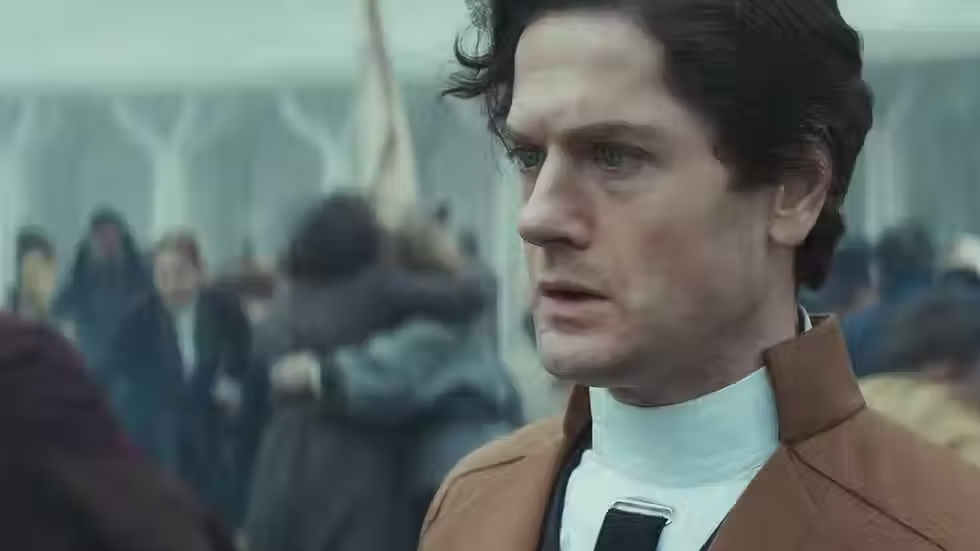Review: Argo
- ogradyfilm
- Dec 7, 2018
- 3 min read
There’s one scene in Ben Affleck’s The Town that every viewer remembers. Jeremy Renner’s character, a hotheaded street thug, joins Affleck and Rebecca Hall at a cafe table. Affleck knows that if Hall glimpses the distinctive tattoo on Renner’s neck, she’ll be able to identify him as one of the bank robbers that recently held her hostage. For a few breathless moments, they exchange banal pleasantries, bathed in cheerful sunlight yet smothered by an eerie silence, as our protagonist contemplates his next move.

That single sequence–in which tension arises naturally from the situation, rather than being imposed on it by cinematic manipulation–suggested that Affleck deserved to inherit the title of “Master of Suspense” from Alfred Hitchcock. And if you think that statement is pure hyperbole… well, the edge-of-your-seat climax of Argo, his third feature film as director, might just change your mind.
Argo documents (and that’s the word that best describes the picture, for it sizzles with an urgency and immediacy rarely found outside of documentaries) the 1979 Iranian Revolution, focusing on six American diplomats who narrowly avoid capture by seeking refuge with the Canadian ambassador. Affleck stars as Tony Mendez, a CIA exfiltration specialist assigned to their case as a consultant. Unfortunately, the world of espionage isn’t nearly as glamorous as it is in The Spy Who Loved Me or From Russia with Love, and while pudgy old men sit in smoky conference rooms and puzzle out rescue scenarios that won’t make the U.S. seem incompetent in the event of a catastrophic failure, Mendez dreams up a scheme so bold, so flamboyant, so transparent that–forgive the cliche–it has to work.

The idea comes to him, as is often the case, quite by accident: during his nightly phone conversation with his son (he’s “taking time off” from his marriage), he flips over to Channel 5 to watch Battle for the Planet of the Apes… and notices the vast landscapes, the exotic locations, which get him thinking: isn’t it plausible that Hollywood, greedy and cutthroat as it is, might want to shoot a shameless Star Wars ripoff in Iran, even in the midst of a hostage crisis? And so, he enlists the aid of legendary makeup artist John Chambers (John Goodman, who brings some much-needed levity to the proceedings), dusts off an old screenplay no studio wants to produce, and sets off for Tehran determined to pass off the “house guests” as a Canadian film crew and smuggle them safely home.
Complications arise, of course, and Affleck wisely keeps the plot in constant motion, sketching authentic character portraits without bloating the narrative with unnecessary details–but his real genius lies in how skillfully he uses the language of his craft. Cross-cutting plays a particularly important role in the movie’s structure, occasionally generating suspense (a vital function in this sort of thriller), but more often commenting on the action. One memorable montage begins with a fluid tracking shot that carries us from a farcically opulent press event (orchestrated to strengthen Mendez’s cover story) into a bustling kitchen, where a small television set plays increasingly grim news coverage of the situation at the U.S. Embassy. From there, Affleck juxtaposes the fantasy land of colorful costumes, bottomless champagne glasses, and overinflated egos with a cold, cruel reality of kangaroo courts and mass executions–to absolutely chilling effect.

If I didn’t think this year’s Awards Season looked so darn promising (Cloud Atlas, Life of Pi, Django Unchained), I’d be tempted to say, “Give the man his Oscar now!”
[Originally written October 20, 2012.]





Comments